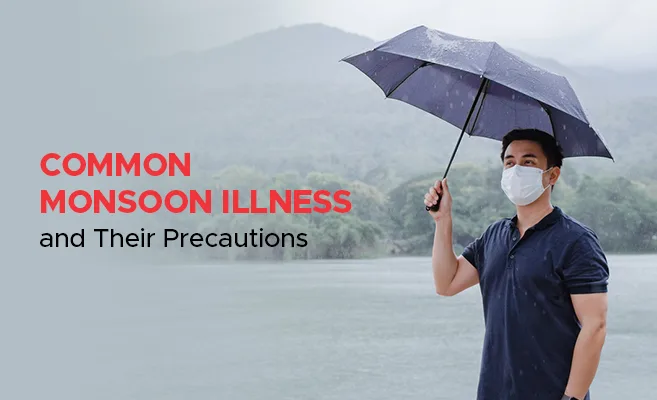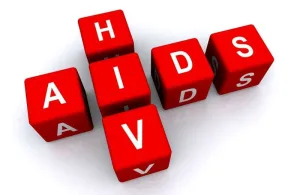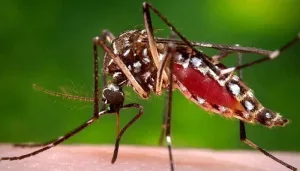Water Woes: Stagnant Water and Contaminated Supplies Under Scrutiny
Communities are facing significant health challenges, with concerns mounting over stagnant water and the safety of essential supplies. Investigations are underway to pinpoint the sources of contamination and implement preventative measures.
The Core Issues
Stagnant Water as a Breeding Ground
Stagnant water is a notorious breeding ground for mosquitoes and other disease-carrying vectors. The presence of such water sources significantly elevates the risk of outbreaks of diseases like malaria, dengue fever, and Zika virus.
Contaminated Supplies: A Public Health Threat
Reports of contaminated supplies, including food and water, are raising alarms among health officials. The contamination can lead to a variety of health problems, ranging from gastrointestinal illnesses to more severe conditions depending on the nature of the contaminants.
Impact on Public Health
- Increased incidence of waterborne diseases
- Risk of chemical poisoning from contaminated supplies
- Strain on local healthcare facilities
Immediate Actions and Preventative Measures
Addressing Stagnant Water
- Implementing mosquito control programs, including spraying and larviciding
- Promoting community clean-up initiatives to remove stagnant water sources
- Educating the public on how to prevent water from stagnating around their homes
Ensuring Safe Supplies
- Enhancing monitoring and testing of food and water supplies
- Strengthening regulations and enforcement to prevent contamination
- Providing the public with information on how to identify and report potentially contaminated products
Long-Term Solutions
Sustainable solutions are essential to prevent future outbreaks and ensure the long-term health of the community. These include investing in improved water and sanitation infrastructure, promoting hygiene education, and establishing robust public health surveillance systems.
Infrastructure Improvements
Upgrading water treatment facilities and improving sanitation systems can significantly reduce the risk of contamination.
Community Education
Educating the public about proper hygiene practices and the importance of safe food and water handling is crucial.
Surveillance Systems
Establishing effective surveillance systems can help detect and respond to potential health threats quickly.
Final Words
The health and safety of the community depend on addressing the challenges posed by stagnant water and contaminated supplies. By taking immediate action and implementing long-term solutions, it is possible to create a healthier environment for everyone.




+ There are no comments
Add yours